Discover how sustainable fashion is transforming the industry in 2024. Learn about eco-friendly clothing trends and innovations driving this significant market movement.
In 2024, sustainable fashion is not merely a fleeting trend but a powerful movement reshaping the fashion industry. This shift towards eco-friendly clothing reflects growing consumer awareness of environmental issues and a demand for ethical practices. As more people prioritize sustainability, fashion brands are compelled to innovate and adopt greener practices, making sustainable fashion a critical market trend to watch.
Our Top 10 Sustainable Brand Picks
10. Zara
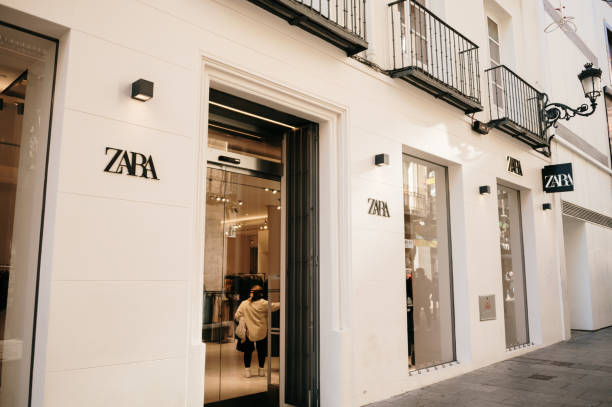
Zara are aiming to make 50% of their products part of their Join Life range, this line of products are made using process and raw materials which have a lesser impact on the environment. The company is now recycling and reusing all boxes, bags, hangers and alarms. Zara also aims to use solely sustainable textiles and materials by 2025.
9. Afends

Afends are pushing sustainability through their garments and products, the brand hand picks the most sustainable fibres with the least amount of impact on the environment. Afends are working on producing lifetime items that do not go out of style. Since 2014 the brand has been producing packaging made from corn starch which are 100% home compostable.
8. Plant Faced Clothing
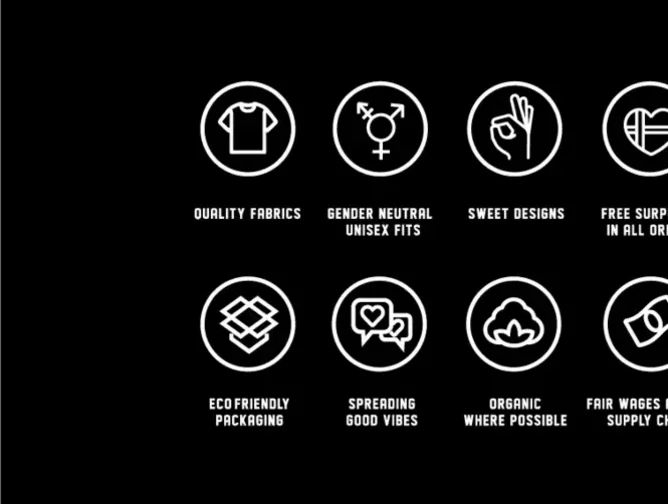
Plant Faced Clothing are an 100% vegan clothing brand, they are committed to creating sustainable and ethical products. The products are made from sustainable materials that are created to last a lifetime. Plant Faced Clothing uses 100% recycled paper with water based inks for their packaging.
7. Ninety Percent
This clothing brand creates and sells their products in the most sustainable way possible. Ninety Percent don’t produce high quantities of clothing to avoid leftover products, with leftover materials one off items are made and sold in the waste not collection. Sustainable materials like hemp, natural linen, tencel, and organic cotton are used within the production of the clothing.
6. Mudjeans
Mud Jeans are created from sustainably sourced materials, 40% of which are recycled jeans. All products are completely vegan. Over the last 3 years Mud Jeans have saved 300 million litres of water, saved 12000 pairs of jeans from landfills, and because of their efforts in recycling they have avoided 700000 kilos of CO2.
5. Lucy & Yak
This New Zealand clothing company produces ethically created clothing and was originally known for their dungarees. Lucy & Yaks newest factory located in India is powered by solar energy panels which means the building is completely sustainable, and all employees are paid a living wage. All packing bags and mailers are created from 100% recycled and biodegradable materials.
4. TOMS
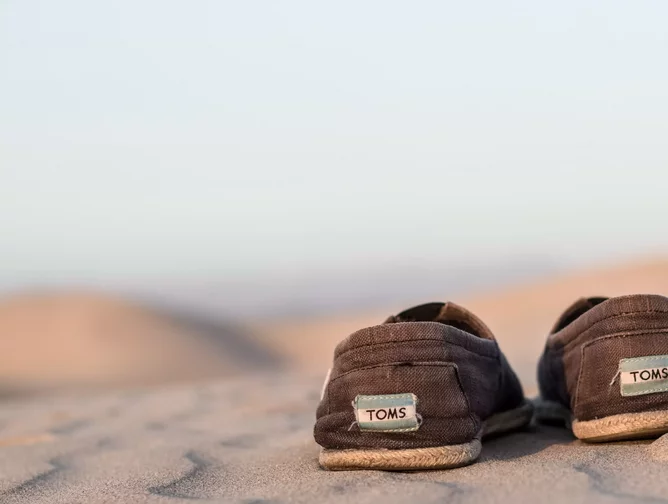
TOMS are a footwear brand, they are known for their ‘one for one campaign’. For every pair of shoes that is purchased by a customer another pair is sent to a child in need. The company is currently working on ways to reduce their effect on the environment, they are now using 100% sustainably cotton and packaging. They are also aiming to use an overall of 80% recycled materials.
3. Patagonia
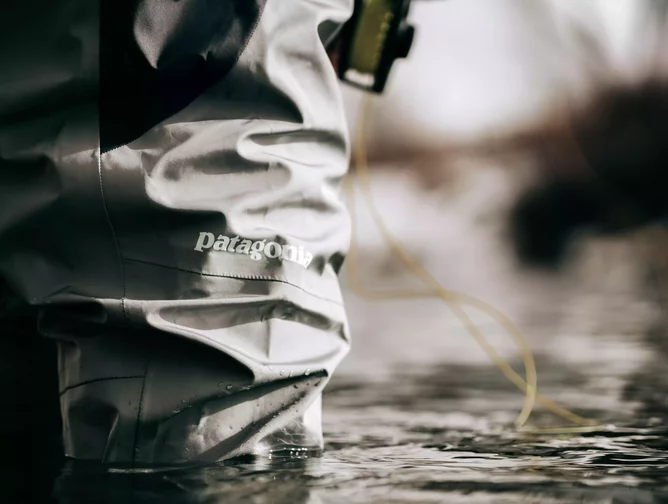
Patagonia is an American company that produces outdoor clothing. The brand has used 87% recycled in their most recent clothing line, and all cotton used is 100% organically grown. More than 64000 workers are part of Patagonias Fair Trade program. Patagonia is not a part of the fast fashion industry, they create timeless designs and long lasting products.
2. Levi’s
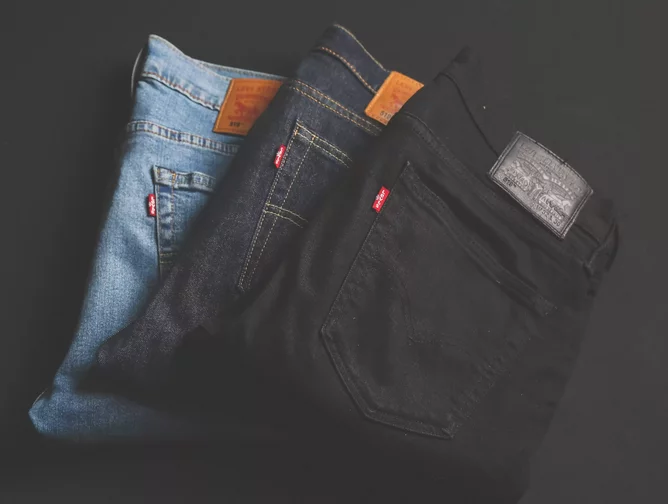
Levi’s are committed to sustainable denim wear. The brand creates products which last a lifetime, their most popular item the 501 Jeans was first created over 150 years ago. Levi’s plan to reduce their water usage by 80% using the Water<Less technique, as well as reducing their greenhouse gas emissions by 25%.
1. Adidas
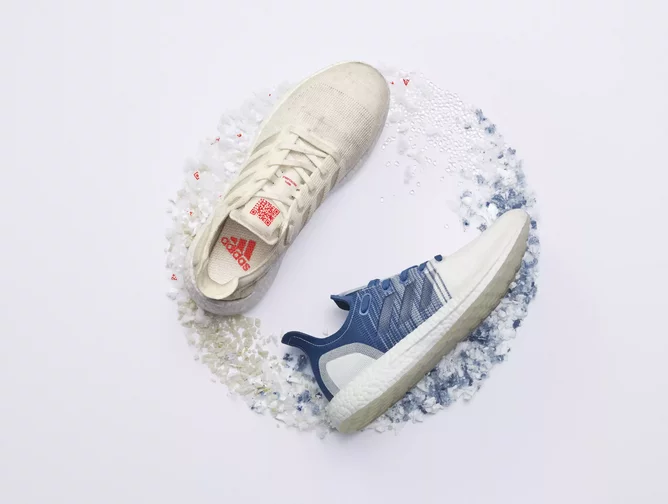
Adidas have been increasing their sustainability and usage of recycled materials. The brand aims to only use recycled polyester from 2024 onwards to decrease their effect on the environment. Adidas are also set on reducing water consumption in production, 20% of the energy used is renewable, the company is also committed to fair labour practices.
The Momentum Behind Sustainable Fashion
The rise of sustainable fashion can be attributed to several factors. Increased media coverage on environmental degradation and the impact of fast fashion has heightened public awareness. Documentaries like “The True Cost” have revealed the hidden costs of cheap clothing, prompting consumers to reconsider their purchasing habits. Additionally, climate change activists and influencers have played a significant role in promoting sustainable lifestyles, further driving the demand for eco-friendly clothing.
Innovations and Practices in Sustainable Fashion
Fashion brands are responding to this demand by incorporating various sustainable practices and innovations. Alongside the above highlighted there are the likes of, Stella McCartney has been a pioneer in sustainable fashion, using organic cotton, recycled materials, and innovative fabrics like Mylo, a leather alternative made from mycelium, the root structure of mushrooms. Similarly, Patagonia, known for its environmental activism, uses recycled materials and promotes a “Worn Wear” program that encourages customers to repair and reuse their garments.
In addition to these high-profile examples, smaller brands are also making significant contributions. For example, Veja, a French sneaker brand, uses organic cotton and wild rubber from the Amazon in its products. They also ensure fair trade practices with their suppliers, demonstrating that ethical practices can be integrated into fashion at all levels.
The Positive Impact of Sustainable Fashion
The benefits of sustainable fashion are manifold. Firstly, it reduces the environmental footprint of the fashion industry, which is notorious for its heavy resource consumption and pollution. By using organic and recycled materials, brands can significantly cut down on water usage, energy consumption, and greenhouse gas emissions. Additionally, sustainable practices often involve better labor conditions, supporting fair wages and safe working environments for garment workers.
Moreover, sustainable fashion fosters innovation. The quest for eco-friendly materials and processes has led to breakthroughs such as lab-grown leather, biodegradable fabrics, and zero-waste design techniques. These innovations not only benefit the environment but also position brands as leaders in a rapidly evolving market.
Challenges and Criticisms
Despite its many advantages, sustainable fashion faces challenges. One significant issue is the higher cost of sustainable materials and ethical labor practices, which can result in higher prices for consumers. This can make sustainable fashion less accessible to a broader audience, limiting its impact.
Another challenge is greenwashing, where brands falsely claim to be environmentally friendly to capitalize on the trend. This practice can mislead consumers and undermine trust in genuinely sustainable brands. Ensuring transparency and authenticity in marketing is crucial to addressing this issue.
The rise of sustainable fashion in 2024 represents a significant and positive shift in the industry. While challenges remain, the movement towards eco-friendly clothing is driven by a growing consumer demand for ethical and environmentally conscious products. By continuing to innovate and promote transparency, the fashion industry can make sustainable fashion more accessible and impactful, paving the way for a more responsible future.



